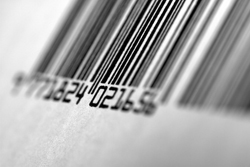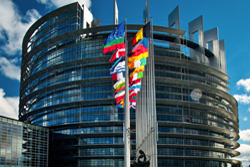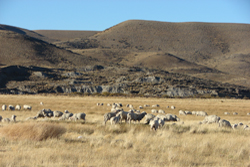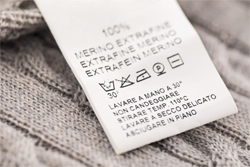Barcodes, RFID tags, and QR codes have introduced a new era of on-product information. With many technological solutions and data points in the journey of clothes, should traceability be the norm already? By Pamela Ravasio, CSR and sustainability manager with the European Outdoor Group (EOG).
The European Parliament has recently adopted a new resolution that officially supports efforts to improve the European Commission’s garment flagship initiative, as well as announcing its support for a number of national sustainable textile initiatives across the likes of Germany, Netherlands, France and Denmark.
Is Made-By’s Environmental Benchmark for Fibres – which compares the environmental impact of the most commonly used fibres in the garment industry – too inflexible to provide an accurate and true comparison between oil and plant-based fibres such as cotton and polyester, and animal fibres such as wool? John Mowbray looks at the evidence.
When it comes to purchasing sustainable or environmentally responsible clothing, consumers are, in the most part interested, or say that they are interested, in doing ‘the right thing.’ One of the biggest hurdles to overcome is lack of consumer trust in labelling, and confusion over which products are genuinely more ecologically responsible.










